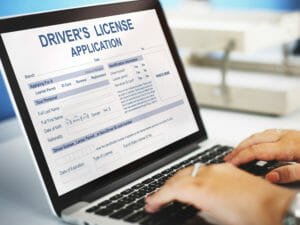Am I able to get a different judge if the judge I have Flat out said that he doesn’t like me?
Am I able to get a different judge if the judge I have Flat out said that he doesn’t like me?
I have been going back and forth to court where my Childs father has been making up stuff and saying that I’ve done with no evidence and I have letters from social workers at hospitals where the child was hospitalized that verify that he’s lying, he also stalks, threatens and follow me and my family members. The judge we have does not like me because he allowed my child to be with her dad unsupervised after her dad is on recording stating that he would have sex with all 3 of his daughters and also would f*ck my sister kids and I asked him in court how could he allow that and not protect my child from a potential pedophile. Her father also stated that he like lil girls which is why he had sex with me and he is twice my age. He also has a girlfriend who sent me pictures of dead babies captioned with my Childs name, as well as messages about how she can’t wait for her dad to get her and bring her to their house. He has gave the courts a address where he does not live which was confirmed by police and I have videos of all of this. But because the judge does not like me he will not look at any evidence that I have. Which could possibly lead to my daughter being harmed.
Justin’s Answer
This question is too specific to answer in a post. Mr. Hardin is correct that you need an attorney. There are ways to get a judge off the case, but the motion is not an easy one to file.



